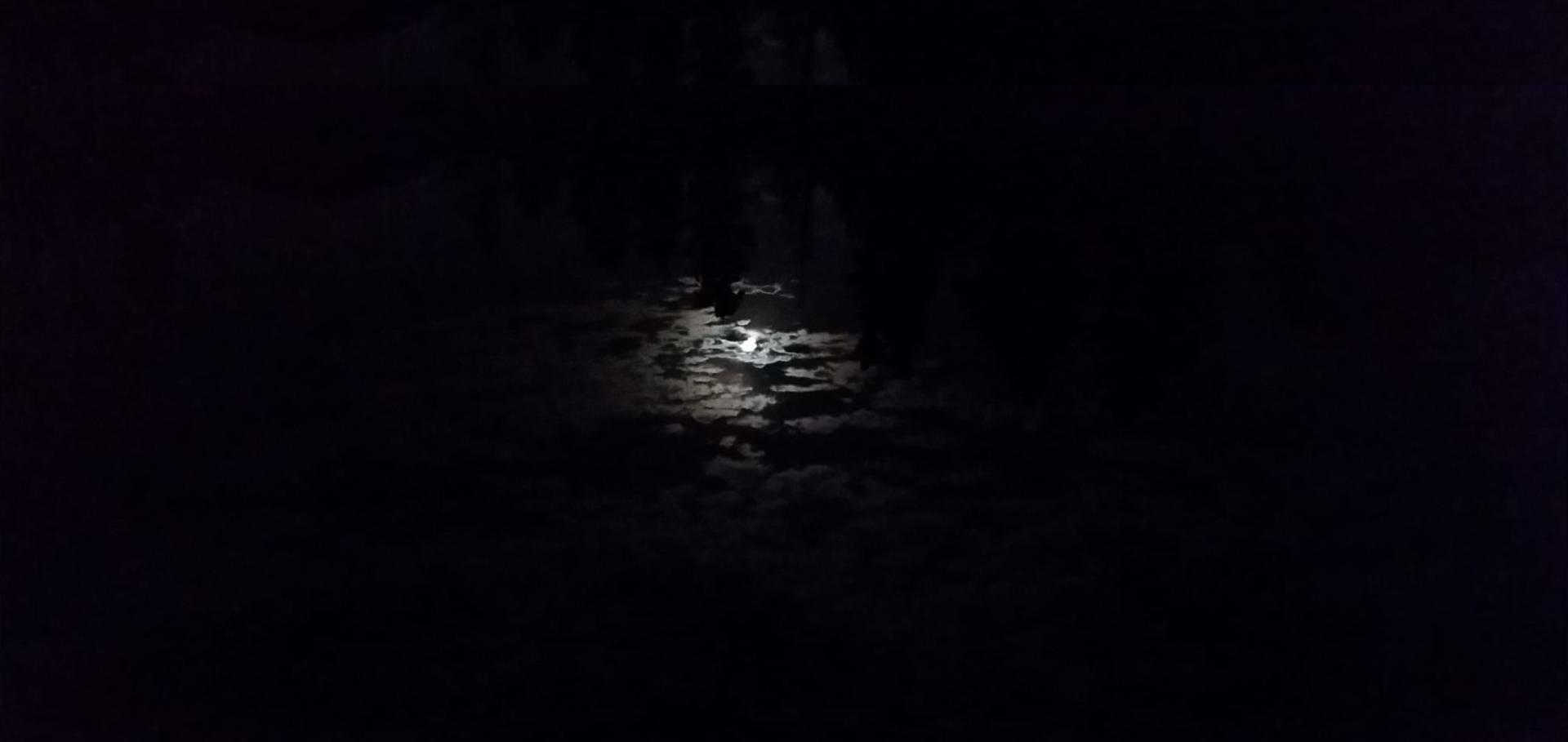Ground calibration of the Ariel space telescope: optical ground support equipment design and description
Proceedings Volume 12180, Space Telescopes and Instrumentation 2022: Optical, Infrared, and Millimeter Wave; 1218049 (2022) https://doi.org/10.1117/12.2627049
Abstract:
This paper describes the Optical Ground Support Equipment (OGSE) that is being developed for the payload level testing of the Ariel Space Telescope. Ariel has been adopted as ESA’s “M4” mission in its Cosmic Visions Programme and will launch in 2029 to the second Earth-Sun Lagrange point. During four years of operation the Ariel payload (PL – the cryogenic payload module plus warm units) will perform precise transit spectroscopy of approximately 1000 known exoplanetary atmospheres using a 1.1 m × 0.7 m telescope coupled to two instruments: the Fine Guidance Sensor (FGS) and the Ariel Infrared Spectrometer (AIRS). These instruments provide three spectrometric channels that cover 1.0 to 7.8 μm wavelength range and three photometric channels between 0.5 and 1.1 μm. The Ariel OGSE will verify the optical and radiometric performance of the integrated Ariel PL under vacuum and cryogenic (<40 K) test conditions within the limitations of operation under Earth’s gravity and vibration environments. To achieve these verification requirements the OGSE is integrated with the main Ariel ground test 5 m thermal vacuum chamber. The test chamber contains a cryogenic enclosure (the Cryogenic Test Rig) that surrounds the PL and the OGSE itself comprises of four subsystems. (1) A cryogenic vacuum chamber and integrating sphere illumination module that is fed by visible, near infrared and thermal infrared sources. The illumination module is mounted external to the Ariel test chamber and coupled via a vacuum feedthrough that relays a 22 mm diameter test beam into the Cryogenic Test Rig. The test beam is then relayed using (2) an injection module that steers the beam to maintain alignment during cool-down and scan the Ariel telescope field of view. The beam is then expanded to partially illuminate the Ariel telescope primary mirror using an (3) ~0.3 m diameter target projector collimating mirror. The final optical component of the OGSE is a (4) beam expander placed on the Ariel common optical bench to compensate for the sub-aperture illumination of the primary and to ensure that the spectrometer modules provide illumination with correct cone angles during ground testing. It is planned to use the OGSE in 2026 for a full range of calibration and verification tests of the end-to-end telescope and instrument performance, including detectors, field of view and alignment. These tests will then ensure that Ariel meets it challenging photometric and spectral performance requirements
Afocal catadioptric optical assembly for Fourier-sampling computational microscopy
Applied Optics Vol. 60, Issue 7, pp. 2003-2013 (2021)
Abstract:
This paper describes a fast, wide-angle, afocal, catadioptric optical assembly designed and used for the projection of coherent collimated beams in Fourier-sampling computational microscopy, which demands an unorthodox set of optical requirements unmet by traditional imaging designs. The system accepts a diverging set of collimated beams as an input and produces a converging set of collimated beams that overlap on the surface of a target at 5 m scale distances. We derive equations for the focal surfaces relevant for system alignment and report the results of simulations of the optical performance of the system for axially symmetric and asymmetric beam interferometry. We also describe a method to vary the microscope imaging distance by up to one meter through small positional shifts in the optical elements
Coordinate Rotation–Amplification in the Uncertainty and Bias in Non-orthogonal Sonic Anemometer Vertical Wind Speeds
Boundary-Layer Meteorology volume 175, pages 203–235 (2020)
Abstract:
Recent research indicates that non-orthogonal sonic anemometers underestimate vertical wind velocity and consequently eddy-covariance fluxes of mass and energy. Whether this is a general problem among all non-orthogonal sonic anemometers, including those calibrated for flow-shadowing effects, is unknown. To investigate this, we test two sonic anemometer designs, orthogonal (3Vx-probe, Applied Technologies, Inc.) and non-orthogonal (R3-50, Gill Instruments, Ltd.), in a series of field manipulation experiments featuring replicate instruments mounted in various orientations, and use a Bayesian analysis to determine the most likely posterior correction to produce equivalent measurements. The 3Vx-probe experiment was conducted on a 24-m scaffold at the Glacier Lakes Ecosystem Experiments Site (GLEES), Wyoming, USA AmeriFlux site while R3-50 anemometer experiments were conducted at the GLEES field site and on a 2.9-m scaffold at the Pawnee National Grassland, Colorado, USA. Without applying a shadowing correction to the 3Vx-probe, the posterior correction significantly increases the standard deviation of the horizontal velocity component by 5–15% (95% Bayesian credible interval) but without a significant change in the horizontal temperature flux; with the shadowing correction applied neither of these have significant changes. Similarly, for the R3-50 GLEES experiment, the standard deviation of the vertical velocity and vertical temperature flux significantly increase by 13–18% and 6–10% (95% credible intervals); results from the Pawnee experiment are contradictory and inconclusive. The reason for the underestimated vertical velocity is undetermined, though a mathematical by-product of the non-orthogonal geometry is that small systematic measurement biases can become large uncertainties in the vertical velocity. This could affect all non-orthogonal designs.
Annular subaperture interferometry for high-departure aspheres using paraboloidal parameterization
Applied Optics Vol. 58, Issue 12, pp. 3282-3292 (2019)
Abstract:
A low-cost technique is presented for constructing stitched Fizeau interferometric measurements of high-spherical-departure concave aspheres of arbitrary conic constant without the use of null optics. The optical test configuration assembles the surface figure of the asphere using subapertures parameterized as variances from best-fit paraboloids. Subtracting the optical path difference between each idealized paraboloid and the corresponding annulus of measured data removes the annular wavefront aberrations without the need to fit Zernike polynomials. The proof-of-concept measurement and reconstruction of a 250 mm diameter diamond-turned ellipsoidal mirror with more than 3000 waves of spherical departure are reported. The presented technique is an inexpensive addition to the array of tools used to measure large-aperture aspheres and high-departure freeform optics.
Computational Microscopy at 5 Meters using Symmetric Fourier Sampling
Nowicki, Keith Joseph. "Computational Microscopy at 5 Meters using Symmetric Fourier Sampling." PhD diss., University of Colorado at Boulder, 2018.
Abstract:
Robotic planetary exploration relies upon a suite of scientific instruments to measure and record the environment under study, with the most ubiquitous instrument being some form of imager. This work describes the development of a microscope that can be mounted to the mast of planetary rover and obtain images with 10 μm spatial resolution at an unprecedented 5 meter distance. Rather than using traditional optics to generate images on a 2D focal plane array, this “remote microscope” uses a computation imaging technique to reconstruct images of targets. A set of four electronically programmable, frequency-shifted collimated laser beams that are symmetric about the axis of the optical system are projected to overlap at a distance of 5 meters and generate moving interference fringes which are used to probe the matched spatial Fourier components of the 2D intensity reflectivity function of the target surface. By probing and collecting a large set of these Fourier measurements, an image of the target is reconstructed using Fourier synthesis. This document provides a detailed description of the optical designs, electronic control requirements,
opto-mechanical structures, operational conditions and algorithmic techniques used to generate a functioning computational remote microscope. I describe and analyze a novel optical design capable of achieving the operational requirements of the system and derive the optical parameters and relevant aberrations. A novel optical surface testing technique useful for high departure aspheres is derived and demonstrated with experimental measurements. I describe in detail the optical procedures and electronics components of the laboratory implementation of the computational microscope. I report the images obtained using the microscope of scattering and reflective targets. Finally, calculation of the effects of a turbulent atmosphere on the operation of the microscope are derived and demonstrated with experimental data, and a new approach to measuring the turbulent atmosphere was developed.
opto-mechanical structures, operational conditions and algorithmic techniques used to generate a functioning computational remote microscope. I describe and analyze a novel optical design capable of achieving the operational requirements of the system and derive the optical parameters and relevant aberrations. A novel optical surface testing technique useful for high departure aspheres is derived and demonstrated with experimental measurements. I describe in detail the optical procedures and electronics components of the laboratory implementation of the computational microscope. I report the images obtained using the microscope of scattering and reflective targets. Finally, calculation of the effects of a turbulent atmosphere on the operation of the microscope are derived and demonstrated with experimental data, and a new approach to measuring the turbulent atmosphere was developed.


